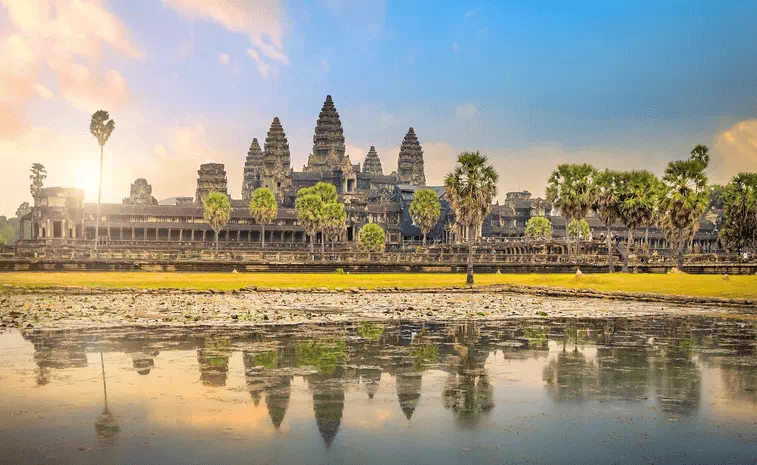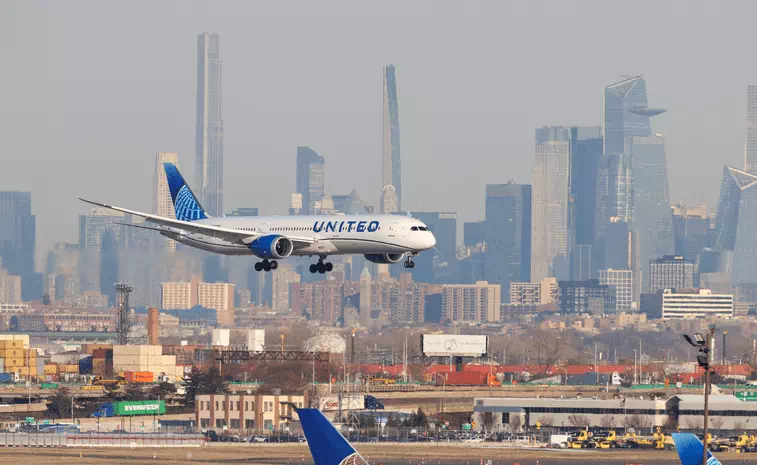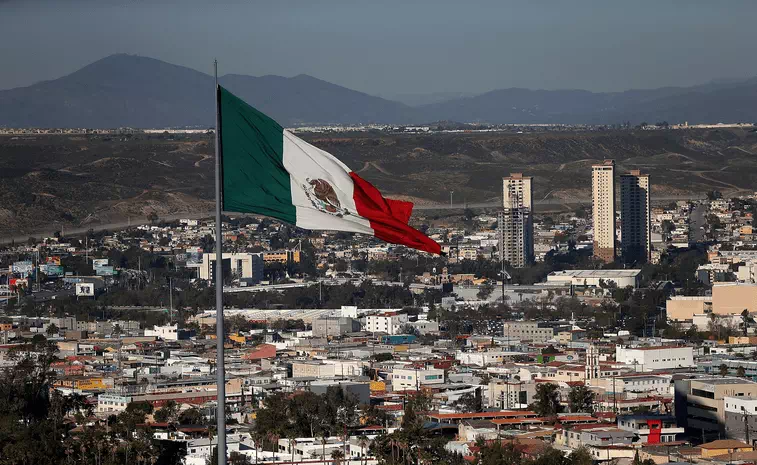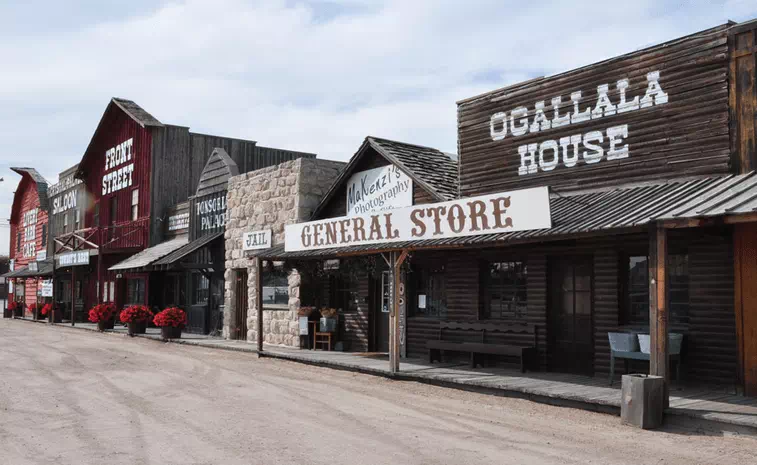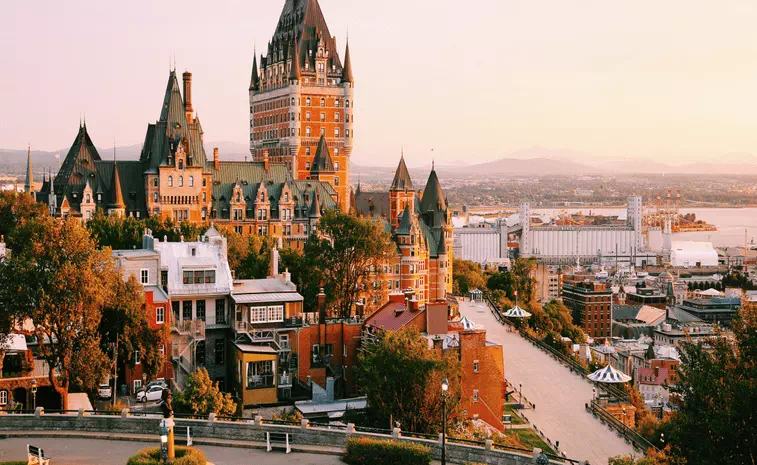Sri Meenakshi Amman Hindu Temple Madurai
Meenakshi Temple
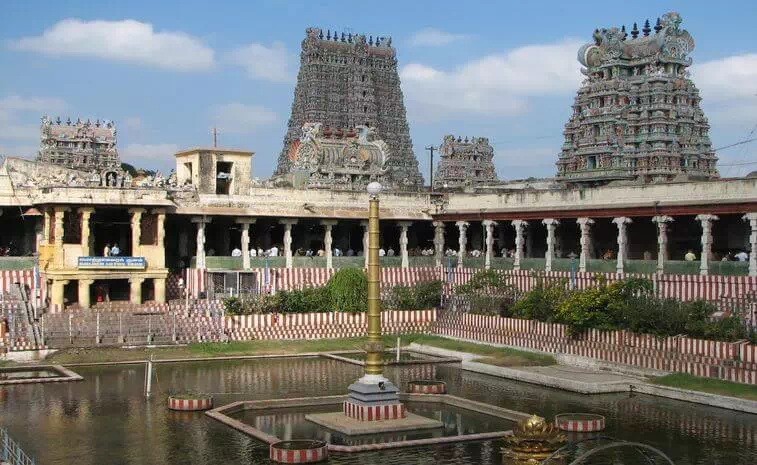
Today we are going to talk about Meenakshi temple. This temple is also associated with Meenakshi Sundarareshwar Temple and Meenakshi Amman Temple as Meenakshi Temple. Meenakshi temple is known as a historical Hindu temple. Meenakshi temple is located in Madurai district in the state of Tamil Nadu. So let us gather a little more information about Meenakshi temple.
The Meenakshi temple is dedicated to Meenakshi, a form of Parvati, and her partner, the beautiful Shiva. The Meenakshi temple is located in the center of the ancient temple city of Madurai, mentioned in the Tamil Sangam literature, and mentions this Devi temple in 6th century CE texts.
Meenakshi temple has long been a center of attraction for Indian and international tourists. And at the same time Meenakshi temple is known as one of the most important places of Hindu pilgrimage. For the people of Madurai, Meenakshi temple is the center of their cultural and religious life. The Meenakshi temple is known as a very famous place where the Tamil tradition believes that Campantar helped in the establishment of Tamil Shiva devotion.
The Meenakshi temple was built by the Pandyan king Kulashekarar. The Meenakshi temple flourished in art, architecture and education when the reign of this king marked the golden age of Madurai. The most beautiful buildings of Madurai city including this temple were built during the reign of Nayak.
The main parts of the three-storeyed gopura are located at the entrance of the Meenakshi temple and the central part of the Meenakshi temple of its goddess is some of the ancient parts of the Meenakshi temple. The restored Meenakshi temple now has 14 gopurams with a height of 45–50m. The height of the south gopura of this temple is 51.9 meters. The complex of Meenakshi temple has a hall with numerous sculpted pillars like Kilikoodu-mandapam, Ayirakkal, Golu-mandapam and Pudu-mandapam.
The temple also includes an artwork depicting Krishna, Lakshmi, Rukmini, Brahma, Saraswati, other Vedic and Puranic deities playing the flute, as well as descriptions of major Hindu scriptures. More than 1 million pilgrims and visitors come to visit the Meenakshi temple during the annual Meenakshi Tirukalyanam festival, which is celebrated with much festivities and chariots during Chittaraya in the Tamil month.
During the colonial era, the population around the temple became a major center of Christian missionary activity, led by competitive missions from Portugal and other parts of Europe. And the British rulers first allotted the Meenakshi temple and the British soldiers took part in many temple festivities to gain social and political acceptance.
In 1959, Tamil Hindus started collecting donations at the Meenakshi temple and restored the Meenakshi temple with the advice of Hindu monasteries, engineers, historians and other scholars. The Meenakshi temple has a traditional version of its history called Shiva-lilas.
The Meenakshi temple complex is spread over about 14 acres. The courtyard of the Meenakshi temple is close to the square on each side of about 800 feet but more precisely a rectangle with one side 50 feet long. The Meenakshi temple has a number of small temples and pavilions, of which the most important and largest are the two parallel temples in the inner courtyard, one containing Meenakshi and the other Sundareshvara.
The Meenakshi temple also has a golden lotus sacred pool for bathing pilgrims, an elaborate sculpture with a thousand-pillar hall poultry and a welfare pavilion. Meenakshi temple is a commercial center and embedded in traditional markets. The complex of the ancient Meenakshi temple was open. The walls of the courtyard were added over time in response to the invasion and looting of the Meenakshi temple complex.
The temple has four nine storey gopurams, 1 seven storey gopuram, 5 five storey gopurams, 2 three storey and 2 one storey donkey towers with gold guilds. The towers of the Meenakshi temple are covered with stucco images and some of them have figures of deities including other Hindu myths, saints or scholars. The four tallest gopurams on the outer walls of the temple alone represent about 4,000 myths.
This temple is a theological and culturally significant temple for Hindus. Professor Christopher Fuller suggested that the Meenakshi temple conveys the cultural concept of "supremely important rite of passage" and "auspicious married woman" or "sumangali" for women through the marriage of Meenakshi and Sundareswarar.
The Meenakshi temple is very important to Hindus because the Meenakshi temple signifies the loving and protective relationship between making Shiva the husband of Meenakshi and the Vaishnava traditions of Hinduism. In the Meenakshi temple the pair is represented as the dominant person and thus the Meenakshi temple symbolically celebrates its three major traditions.
Meenakshi temple is known as a famous place for Hindu weddings. This temple is an active house of worship for Hindus. Priests perform rituals at the Meenakshi temple every day and during festivals. Volunteers and Meenakshi temple staff also take part in the daily rituals. And those rituals include deepa aradanai for alangaram, abhishek, nivedhanam and both Meenakshi and Sundareswarar.
Hindu devotees usually rotate the temples clockwise before entering the Meenakshi temple for darshan. Among other festivals Vasantdham festival is celebrated in the month of Vaikasi at Meenakshi temple. Apart from this, festivals like Unjal Mahotsav, Mulai-Kottu festival in Aadi, Aavani Moolam Aavani, Kolattam festivals of Ayppasi and Karthikai months and Arudhra Darshan of Margali month are also celebrated.





